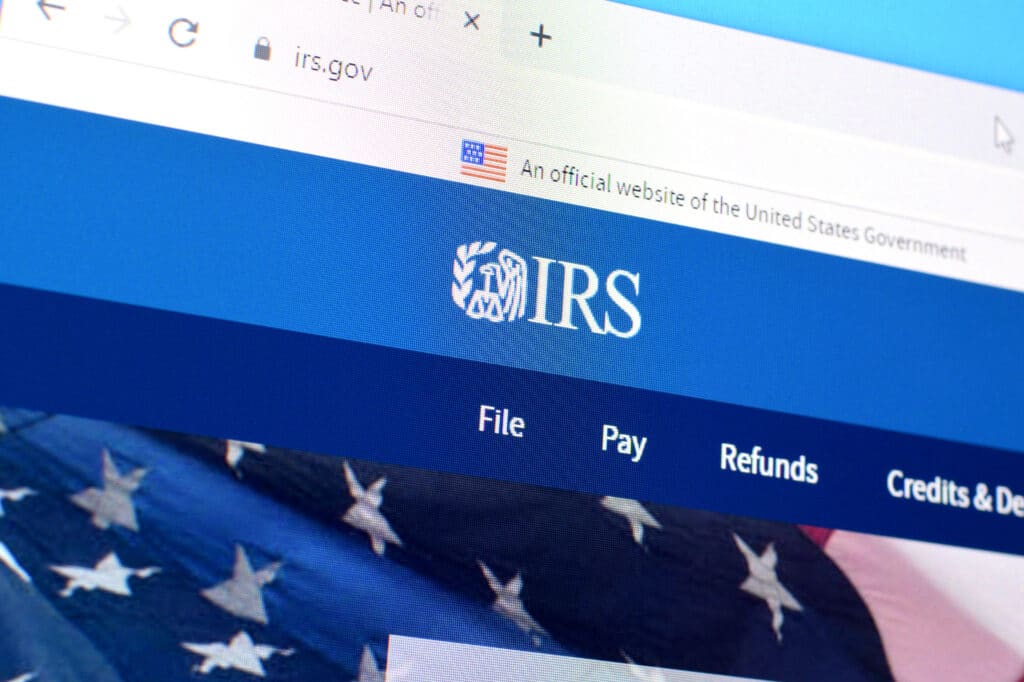For business owners who are overwhelmed by information about resources to help their businesses survive the COVID-19 crisis, it is important to focus in on two primary loan programs available from the federal government.
One is the U.S. Small Business Administration’s Economic Injury Disaster Loan (EIDL) program, and the other is the Paycheck Protection Program contained in the massive stimulus bill – the CARES Act – enacted on March 27, 2020.
Perhaps the most important distinction between the two lending programs is that loans under the Paycheck Protection Program (PPP) are forgivable for businesses that use the funds to keep their workers on the payroll throughout the crisis, whereas the SBA’s EIDL loans must be repaid. That is a hefty advantage for the PPP loans, and one that warrants a conversation with your banker as soon as possible.
Most banks and credit unions that do business lending are authorized to make loans under the PPP program, and the EIDL is available through an online application, so borrowers need not visit any government offices to get the ball rolling on these loans.
Below is a detailed description of each loan program.
Economic Injury Disaster Loan (EIDL)
The purpose of an EIDL loan is to provide you with operating funds until your business recovers. Loans under the EIDL program are available to a maximum of $2 million with repayment over 30 years at 3.75 percent interest. They are available to businesses and non-profit organizations that have suffered economically as a result of the COVID-19 crisis.
Though the EIDL program was not created specifically for the COVID-19 crisis, the CARES Act eliminated any creditworthiness requirements and appropriated an additional $10 billion so that applicants can receive checks for $10,000 within three days.
An EIDL loan may be used to pay fixed debts, payroll, accounts payable and other bills that can’t be paid because of the COVID-19 impact.
Paycheck Protection Program
Maximum loans under the PPP are $10 million at a maximum interest rate of 1 percent and are payable over 10 years. However, these loans are 100% forgivable and do not have to be counted as income, giving them a significant advantage over the SBA EIDL.
- PPP loans are available to businesses and 501(c)(3) nonprofits with 500 or fewer employees. Self-employed individuals, sole proprietors and gig economy workers also qualify.
- The purpose of the PPP loans is to incentivize employers to keep employees on the payroll and not lay anyone off during the COVID-19 crisis. The loan amounts are intended to cover an eight-week period.
- If you lay off workers the amount of the loan that is forgivable is reduced, so you will have to repay something. However, if you have already laid off workers but rehire them, the temporary layoffs do not impact you and the full loan may still be forgivable.
- Application must be made by June 30, 2020. There are no application or loan fees for the borrower, and no collateral or personal guarantees are required.
- At the end of the loan period, the lending institution (your bank or credit union) will require documentation of your workforce retention to determine the amount of loan forgiveness for which you may qualify. If you have retained all your employees, you may qualify for full loan forgiveness. The amount forgiven will be reduced for any layoffs that you have made.
- Your maximum loan amount is calculated based on the sum of the average total monthly payments for payroll costs (not including compensation to an employee more than an annual salary of $100,000) incurred during the one-year period before the date on which the loan is made.
- Employers with seasonal workers will measure expenses using a 12-week period beginning February 15, 2019, or March 1, 2019, whichever the seasonal employer chooses.
- Loan proceeds may be used for:
- Payroll costs (including taxes imposed), costs related to group health care benefits, employee salaries, commissions or similar compensation (paid sick leave, etc.)
- Payments of interest on any mortgage obligation (which shall not include any prepayment of or payment on principal on a mortgage obligation)
- Rent (including rent under a lease arrangement)
- Utilities
- Interest on any other debt obligations that were incurred before the covered period
If you have questions about how to access these two loan programs, or about which one may be better for your business, please contact our advisors.
Related Insights
Featured Post

Featured Client Testimonials
BW is a true partner to us. Their knowledge, expertise, and service are a valuable resource to us and play an important role in our success!
John Allen - Vice President of Finance, Kaufman Container
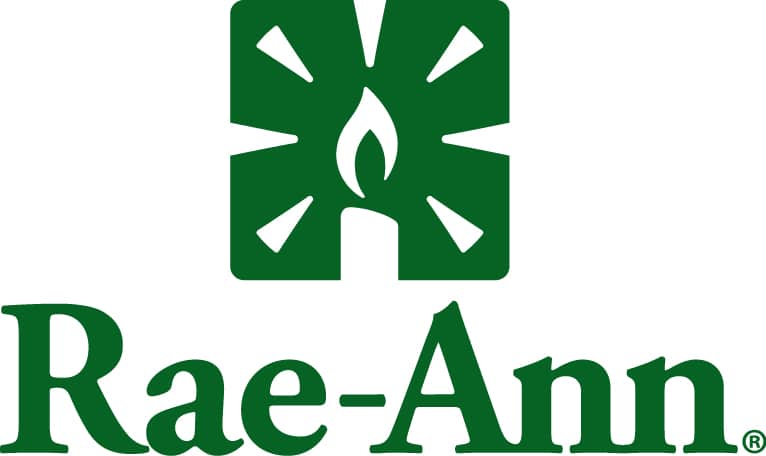
Featured Client Testimonials
I appreciate the exceptional tax advice we received over the years. The (BW team) has a good grasp of our business needs. Thank you for your excellent service.
John Griffiths - Owner, Rae Ann, Inc.
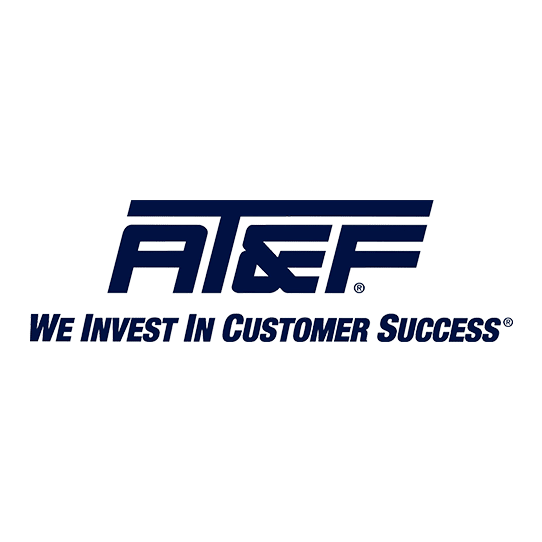
Featured Client Testimonials
Barnes Wendling has been our company accountants for over seven years. Their knowledge has been instrumental in helping us grow strategically during this time. And although we’ve seen many changes in our economy that we cannot control, we’ve always been able to trust the Barnes team to be by our side. The Barnes team feels like family. We can’t thank them enough for their support!
Christine Kloss - Controller, AT&F
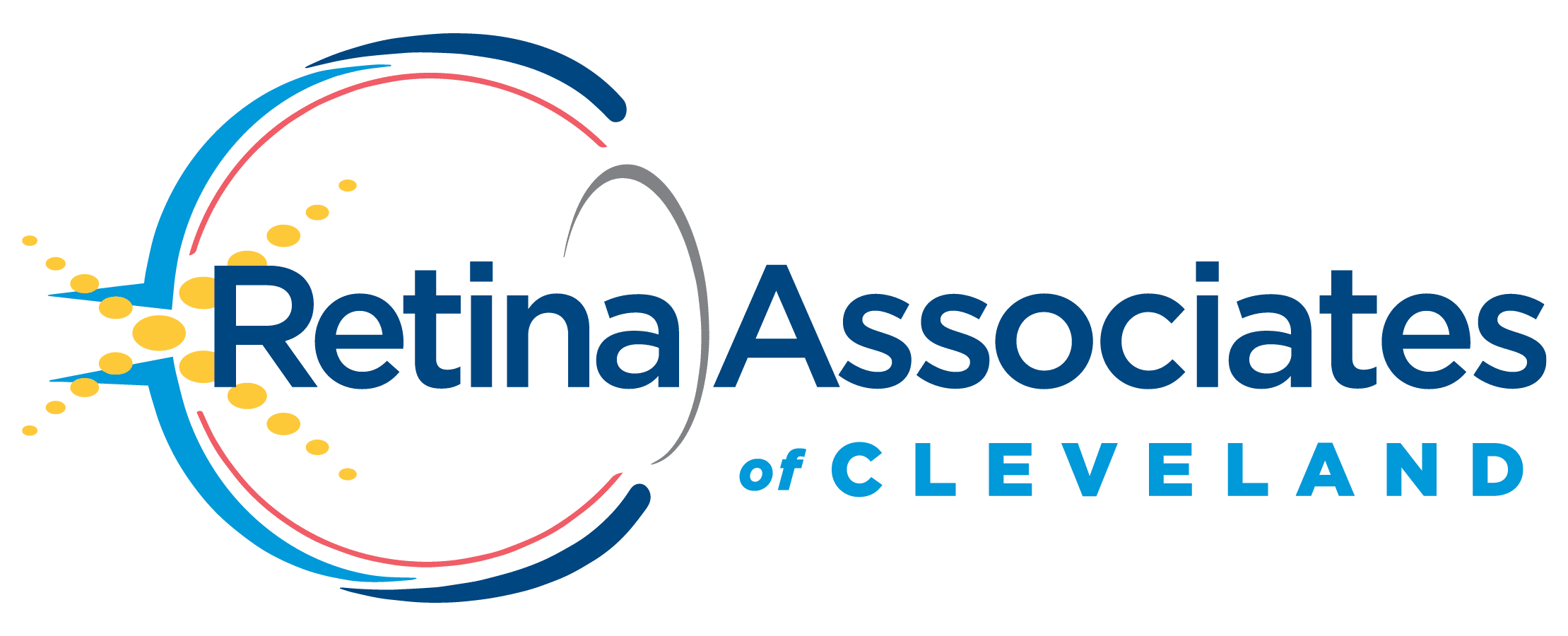
Featured Client Testimonials
Barnes Wendling has been our company accountants for over 15 years. During this time, the business has grown exceptionally, and Barnes has kept pace, providing accurate, quality advice. Our finances are more efficient than ever, and the expense of hiring Barnes has been a definite positive add to our bottom line. I give my highest recommendation to their firm.
David Miller, MD - President, Retina Associates of Cleveland

Featured Client Testimonials
Barnes Wendling has provided us guidance and recommendations that have strategically helped strengthen our business and position ourselves for growth. We needed to hire a new VP of Finance and Controller this past year, and they were instrumental in helping us find the best candidates for our company.
Sara Blankenship - President, Kaufman Container

Featured Client Testimonials
We value the trust, accuracy of information, and reliability of Barnes Wendling and Mike Essenmacher personally. Mike has been instrumental as a trusted advisor on accounting, tax, and personnel issues. His advice is always accurate, and he is very reliable. His associates are also very talented.
Dominic Ozanne - President and CEO, Ozanne Construction Company

Featured Client Testimonials
We value Barnes Wendling’s expertise with all things accounting so we can operate our business using our strengths and allowing them to be our experts. They have also brought me a few business sale opportunities to allow me to grow my assets.
John Gaydosh - President and Metallurgical Engineer, Ohio Metallurgical Service
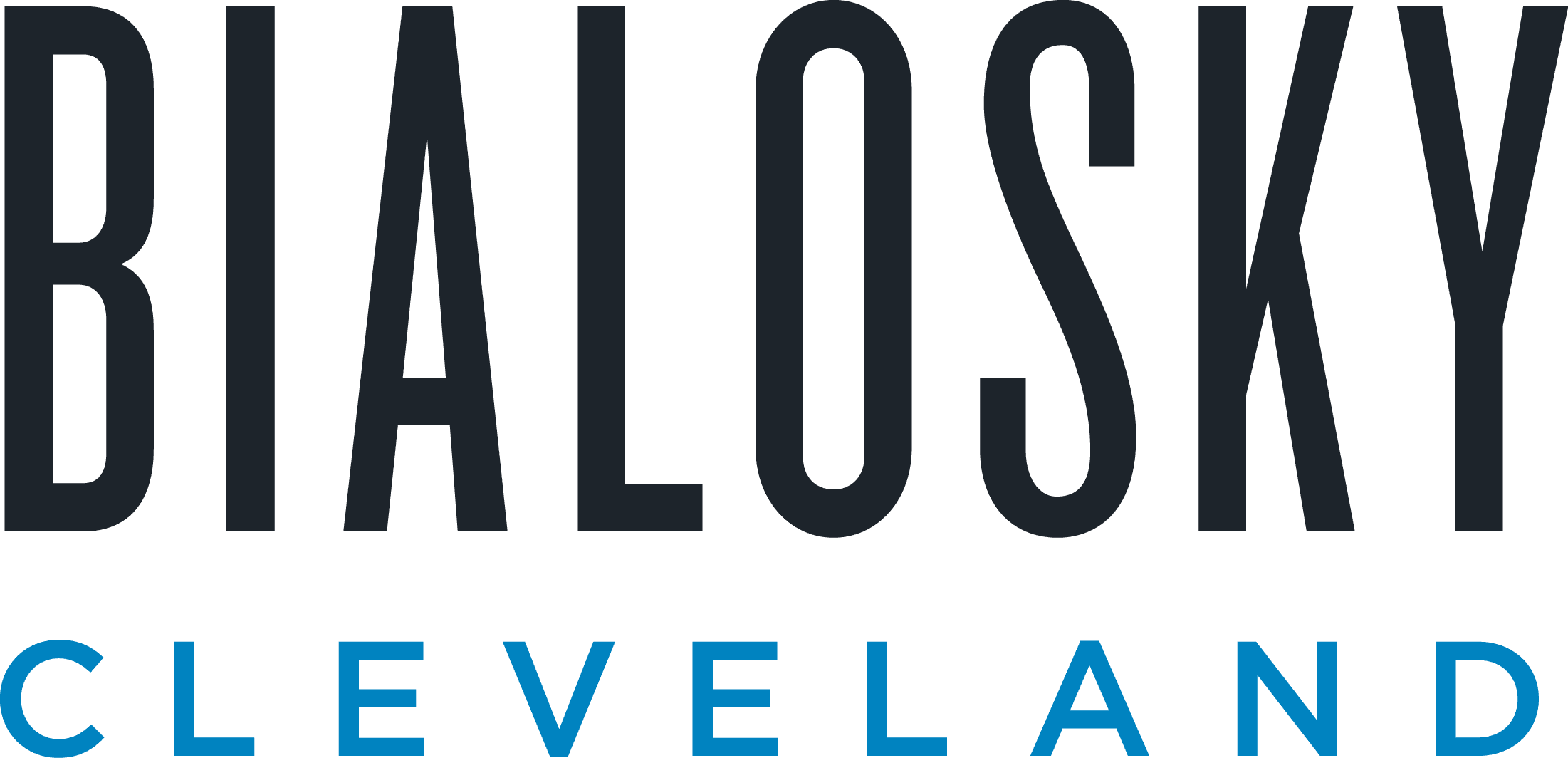
Featured Client Testimonials
Barnes Wendling (especially Lena) did a great job with our financials. Everything. It is extremely refreshing and comforting to know that all of our numbers are not only correct, but they are in the right place(s). Your diligence and reporting truly does make me (personally) feel better.
Thomas Adomaitis - Controller, Bialosky Cleveland
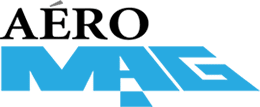
Featured Client Testimonials
I can wholeheartedly tell you that I have yet to work with an audit or tax team that have been more helpful, easy to work with, and committed than the team at Barnes Wendling- I have been through three different firms in the last few years.
Michelle Saylor, Former Controller, Aero Mag
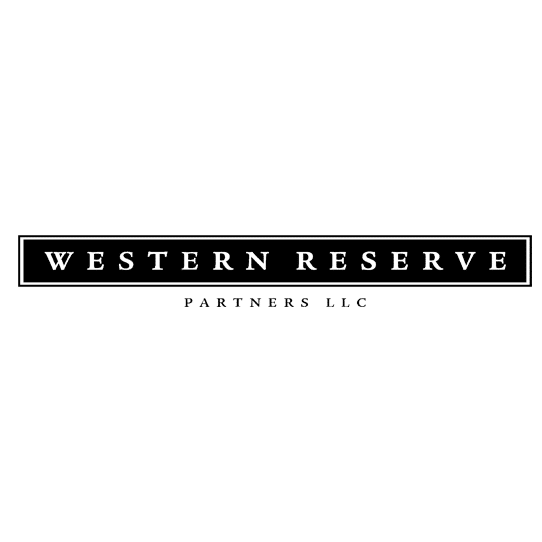
Featured Client Testimonials
Floyd Trouten at Barnes Wendling CPAs is an “expert’s expert” when it comes to M & A accounting. Not only does he understand the evolving details of the Tax Code but he also sees the fine points of their application for owners, managers, investors, and financiers.
Mark A. Filippell, Western Reserve Partners

Featured Client Testimonials
The service is amazing at Barnes Wendling CPAs. The benefit is worth more than the cost. Sometimes it’s true that you get what you pay for.
Mark Boucher - Former Owner, Castle Heating & Air


